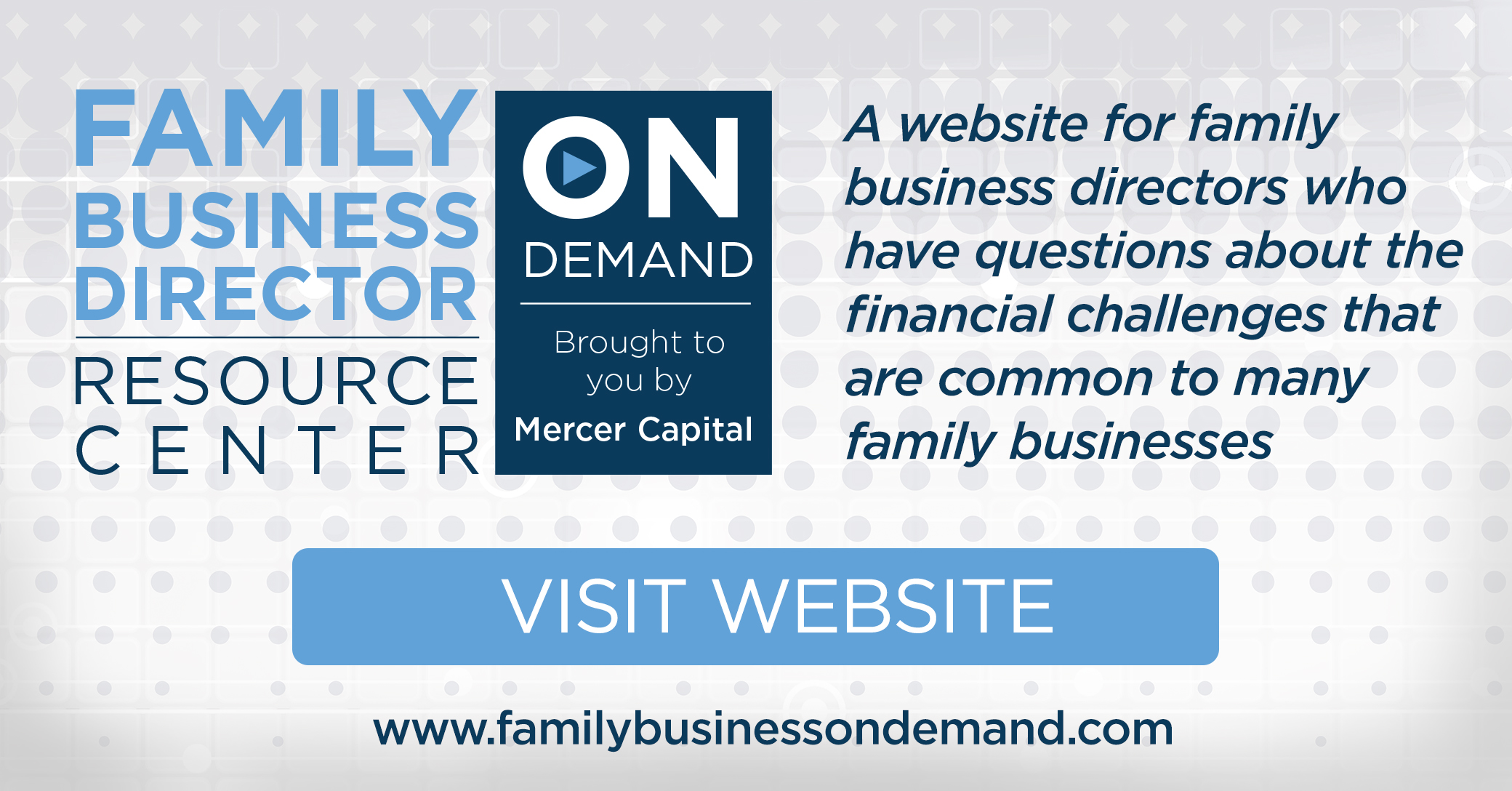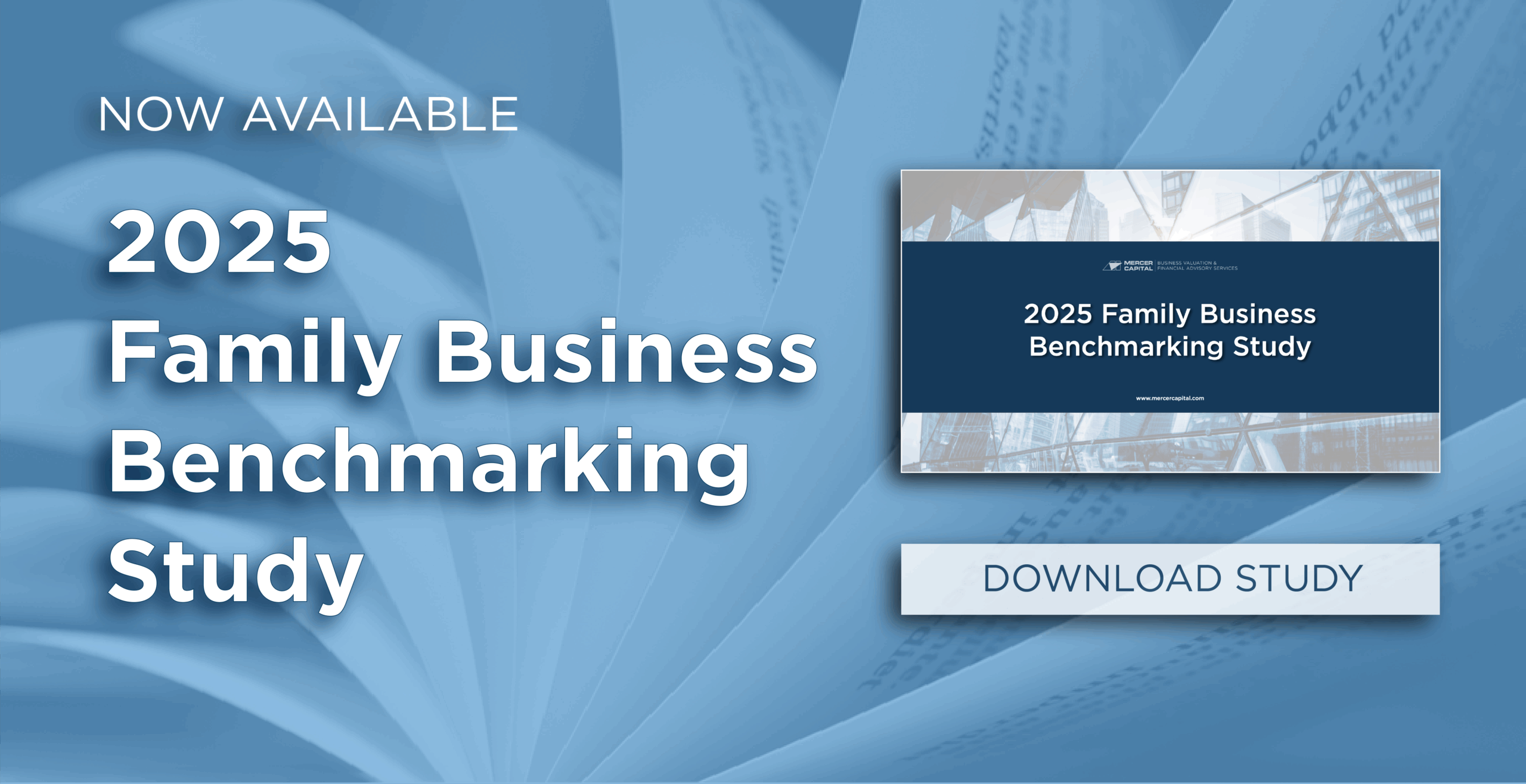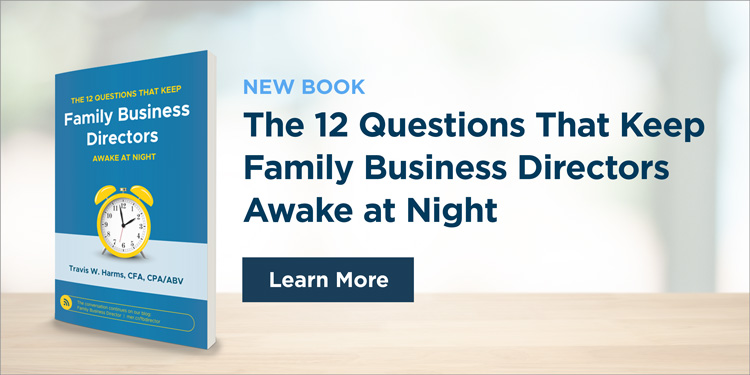Insights from Brown Brothers Harriman’s 2025 Private Business Owner Survey
Key Takeaways
- Succession Planning Is a Persistent Challenge
While a majority of family business owners recognize the importance of succession, only 23% have a fully implemented plan. Many struggle with familiar barriers such as family dynamics and emotional reluctance. Effective succession requires ongoing dialogue and a shared vision, not just formal documentation. - Growth Prioritization Highlights Alignment Issues
Most respondents (78%) prioritize growth over dividends or maintaining ownership levels, yet only 60% report strong alignment among owners regarding long-term strategy. This underscores the need for structured shareholder communication and governance practices to sustain unity and focus. - Dividend Policies Reflect Intentional Governance
The survey reveals diverse dividend practices, emphasizing that there is no one-size-fits-all formula. The most successful policies balance reinvestment and shareholder rewards while maintaining predictability and transparency — essential traits for maintaining trust across generations.
Brown Brothers Harriman recently released the third edition of its Private Business Owner Survey, which captures the perspectives of nearly 500 owners of family and privately held companies. The survey offers an illuminating snapshot of how business owners are thinking about succession, capital, and shareholder returns. For family business directors, the findings provide an excellent prompt to reflect on some of the key issues that shape long-term continuity and shareholder alignment. We encourage you to download the full report and review the data firsthand.
Preparing the Next Generation and Succession Planning
The survey begins where many family enterprises ultimately measure their success — the next generation. Seventy percent of respondents have a formal estate or wealth-transfer plan in place, and another 15% are in the process of developing one.
Succession planning remains a defining challenge for privately held businesses. According to the BBH survey, 62% of owners intend to transition ownership to the next generation, while approximately 14% anticipate selling to a strategic buyer. Only 23% report having a fully implemented plan, with nearly half saying their planning is still “in progress.”
The obstacles are largely familiar: family dynamics, uncertainty about a clear successor, and emotional reluctance to let go. Directors can play a crucial role here by ensuring that conversations about leadership and ownership readiness happen early and often. Like estate planning, succession is not a document but a process — one that blends business discipline with family engagement.
A formal plan signals progress, but the measure of success is whether the family and management team share a clear vision for continuity. Directors who encourage steady, transparent communication around the “why,” not just the “who,” of succession help preserve both family harmony and business resilience.
Growth and Alignment
Survey respondents indicated that growth was their primary objective. Seventy-eight percent of survey respondents rank growth above receiving dividends or even retaining all of their equity if it means they can grow faster. The responses highlight the perennial challenge that enterprising families face in achieving and maintaining shareholder alignment: only six in ten owners describe their ownership group as “very well aligned” on long-term strategy.
For directors, this finding serves as a reminder that alignment is not a default setting — it requires deliberate structure. Regular forums for shareholder dialogue, consistent communication about capital needs, and clear articulation of risk tolerance all help bridge gaps among owners with differing priorities.
Dividends: The Most Transparent Board Decision
Among all the topics in the BBH survey, the section on dividends may be the most directly relevant to family business directors. Nearly two-thirds of respondents pay annual dividends, but practices vary widely:
- 40% distribute a variable amount above tax liabilities,
- 23% decide the amount each year on a discretionary basis,
- 19% use a formula, and
- 15% pay a fixed amount above taxes.
The diversity of practice is unsurprising—there is no single “correct” dividend formula. What matters is intentionality. A thoughtful dividend policy expresses the board’s view of how the business should balance shareholder reward and reinvestment discipline. Predictability often matters more to family shareholders than absolute payout levels; it allows owners to plan confidently and demonstrates that directors are mindful stewards of the family’s financial interests.
A sound policy also reflects the business’s position in its financial life cycle. Early-stage or growth-oriented companies may prudently retain earnings to fund expansion, while mature enterprises can emphasize yield without compromising vitality. And as shareholder bases expand across generations, directors must recognize differing liquidity preferences, the so-called “clientele effect,” and design mechanisms, such as share repurchases or optional reinvestment programs, that accommodate those differences fairly.
As Brown Brothers Harriman’s report notes, “there are numerous ways to set dividend policies — not a one-size-fits-all formula.” That insight aligns closely with the framework outlined in Dividend Policy in 30 Minutes: A Guide for Family Business Directors, which emphasizes predictability, communication, and alignment between shareholder needs and business realities. The challenge for family business directors is to be explicit about which approach best fits their company’s circumstances and to revisit the policy as those circumstances evolve.
Connecting the Dots
Across its findings, the BBH survey paints a consistent picture: long-term success for family businesses often hinges on shareholder alignment.
- Alignment between generations in communicating wealth and values.
- Alignment between owners and management in preparing for leadership transition.
- Alignment between growth ambition and capital discipline in setting dividend policy.
Each of these issues reflects the same underlying truth: clear communication and intentional governance sustain family enterprises more effectively than any single transaction or tax strategy.
Surveys like BBH’s provide valuable benchmarks, but their greatest contribution is the questions they inspire. How aligned are we as owners? Do our policies reflect our purpose? And what adjustments will be made today to preserve both the business and the family tomorrow?
We commend Brown Brothers Harriman for its contribution to understanding the mindset of private business owners and encourage readers to download the full 2025 Private Business Owner Survey. For directors and shareholders alike, it’s an opportunity to step back, reflect, and ensure that your family’s financial and strategic priorities are truly aligned for the years ahead.
 Family Business Director
Family Business Director 











